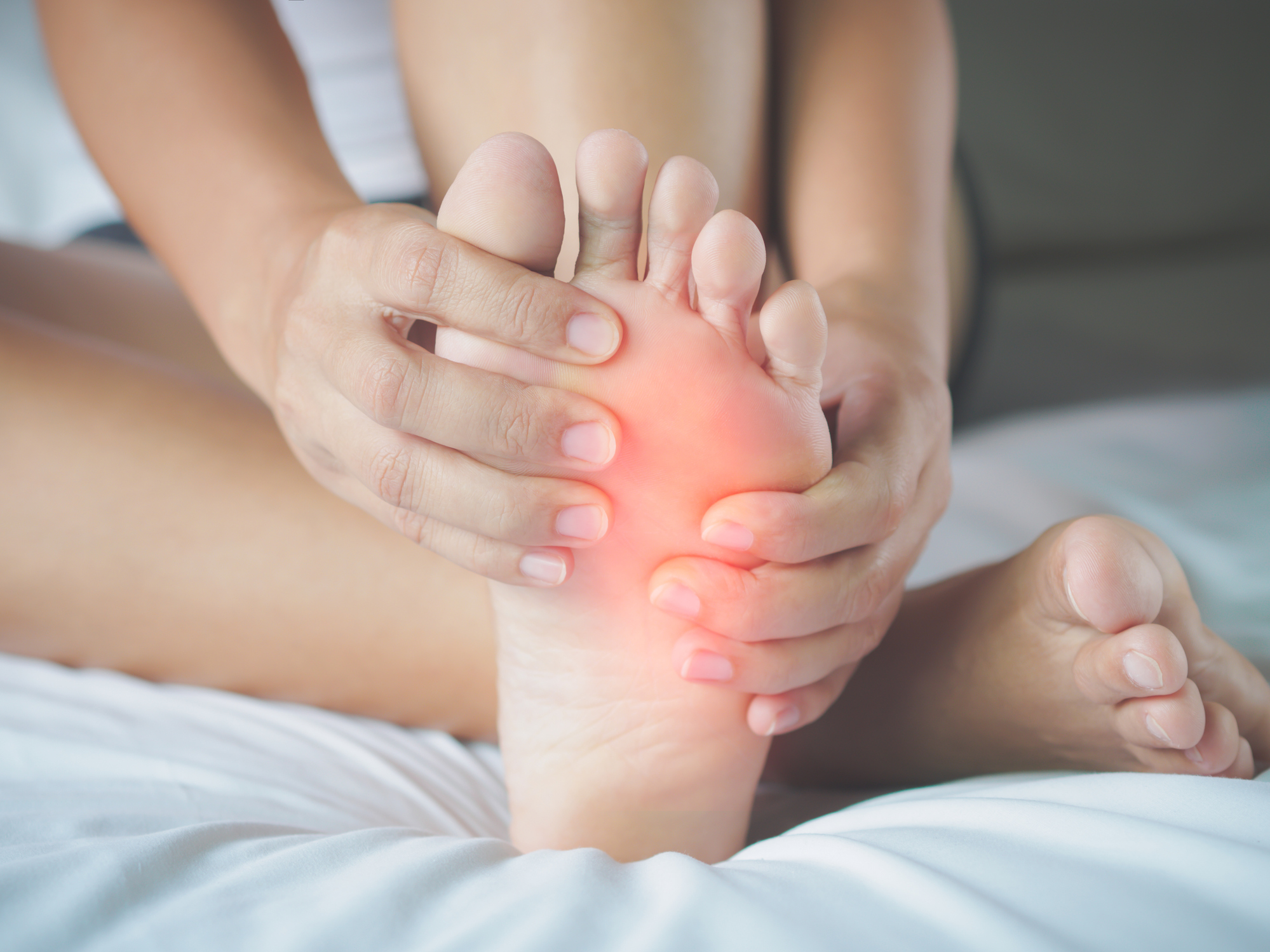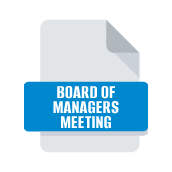
Foot Hygiene
July 12, 2023
2 minutes
2 minutes
Many diseases and foot problems can be prevented through healthy personal hygiene and taking care of your feet. Healthy foot hygiene practices include not only washing your feet but also clipping your toenails and wearing well-fitting, protective footwear.
Basic Care for Healthy Feet
How to protect your feet:
- Wash your feet every day and dry them completely.
- Clip your toenails short and keep them clean.
- Change your socks at least once a day.
- Check your feet regularly for cuts, sores, swelling, dryness, and infected toenails and apply treatment as needed.
- When visiting a salon for foot care, choose a salon that is clean and licensed by your state’s cosmetology board. Make sure the salon sterilizes instruments after each use (such as nail clippers, scissors, and other tools).
Foot Hygiene Is Key in Promoting Good Health
Several foot-related conditions are directly related to hygiene:
- Athlete’s foot, or tinea pedis, is an infection of the skin and feet that can be caused by a variety of fungi that thrive in warm, dark, and moist environments. Although tinea pedis can affect any part of the foot, the infection most often affects the space between the toes. Good hygiene practices, like keeping your feet and toes clean and dry and changing your shoes and socks regularly, help to prevent or control tinea pedis.
- Diabetes can damage the nerves and affect blood flow in feet and legs. Poor foot hygiene can put you at an increased risk for infection.
- Fungal nail infections are common infections of the fingernails or toenails that can cause the nail to become discolored, thick, and more likely to crack and break. Small cracks in your nail or the surrounding skin can allow these germs to enter your nail and cause an infection.
- Hookworm is a parasitic worm (also called a helminth). Globally, it is one of the most common roundworms found in humans. Hookworm infection is most common in resource-limited settings with poor access to water, sanitation, and hygiene. The best way to avoid hookworm infection is not to walk barefoot in areas where hookworm is common and where the soil may be contaminated by human poop (feces).
Source: CDC



